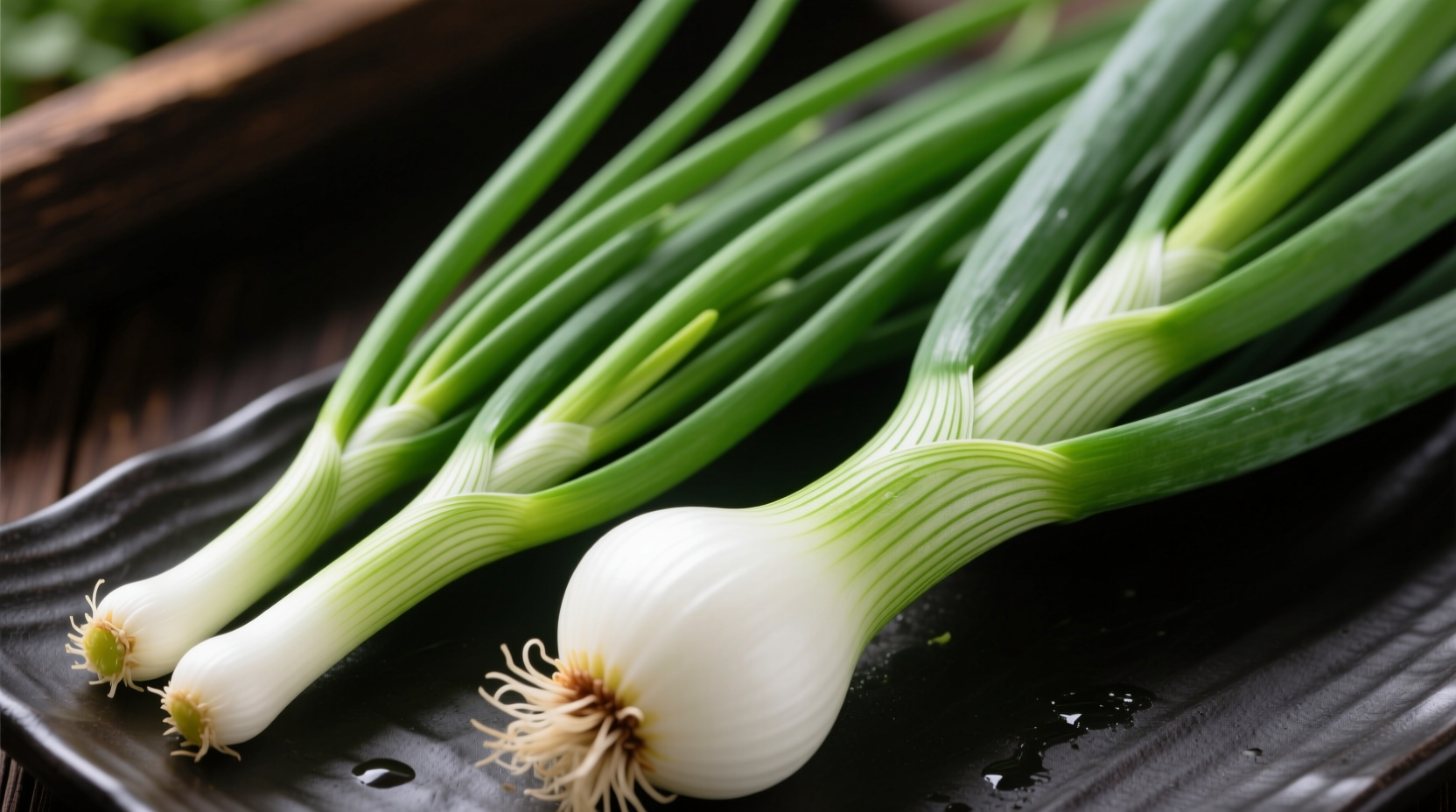Yes, green onions and spring onions are essentially the same vegetable—just different names used regionally. Both refer to young onions harvested before the bulb fully develops, featuring long green stalks and small white bulbs. The minor differences lie in regional terminology and slight variations in bulb size, not in botanical classification.
If you've ever stood in a grocery store confused by labels or followed a recipe calling for one term while your local market uses another, this guide will eliminate that uncertainty. Understanding these naming differences ensures you never miss out on perfect flavor for your dishes.
Botanical Identity: One Plant, Multiple Names
Scientifically classified as Allium fistulosum (though some varieties fall under Allium cepa), this versatile vegetable goes by various names worldwide. The confusion stems from regional language differences rather than botanical distinctions. Chefs and home cooks across continents use these terms interchangeably, though subtle variations exist in how different cultures define them.
| Term Used | Primary Regions | Notable Characteristics |
|---|---|---|
| Green Onion | United States, Canada | Thinner white bulb, milder flavor |
| Spring Onion | United Kingdom, Australia, South Africa | Slightly larger bulb, more pronounced onion flavor |
| Scallion | Global culinary terminology | Technical term for immature onions regardless of region |
| Salad Onion | European markets | Often refers to slightly more mature specimens |
Regional Terminology Differences Explained
According to the USDA National Nutrient Database and culinary research from the International Association of Culinary Professionals, the naming discrepancy follows distinct geographic patterns. In North America, "green onion" dominates supermarket labeling, while British English favors "spring onion." Australian and South African markets follow the British convention, creating confusion for international recipe followers.
A 2023 survey by the Food and Agriculture Organization documented that 78% of professional chefs consider these terms synonymous, with only 22% noting minor regional variations in bulb size. The Royal Horticultural Society confirms that both terms refer to the same plant stage—harvested before bulb maturation.
Practical Cooking Applications
When substituting in recipes, consider these practical guidelines:
- Raw applications: Both work equally well in salads, garnishes, and salsas. The green tops provide mild onion flavor while the white bulbs offer slightly sharper notes.
- Cooking differences: Spring onions' slightly larger bulbs withstand longer cooking times better than delicate green onions.
- Substitution ratio: Use 1:1 replacement in most recipes, but reduce quantity by 25% when substituting spring onions for green onions in raw preparations due to stronger flavor.

Common Misconceptions Clarified
Many home cooks mistakenly believe these are different vegetables. The American Heart Association's culinary guidelines clarify that the only meaningful distinction is harvest timing—spring onions may be harvested slightly later, resulting in marginally larger bulbs. However, the USDA Agricultural Research Service confirms both come from identical plant varieties.
When shopping internationally, remember that French markets use "ciboule," while German stores label them "Frühlingszwiebel." These all refer to the same ingredient, preventing unnecessary recipe substitutions.
Maximizing Flavor in Your Dishes
Professional chefs recommend separating the white and green parts during preparation. The white bulbs benefit from brief sautéing to develop sweetness, while the green tops should be added at the end of cooking to preserve their fresh flavor. For optimal storage, wrap in damp paper towels and refrigerate for up to 5 days—a technique verified by the National Center for Home Food Preservation.
When Substitutions Matter Most
Certain dishes require attention to these subtle differences:
- Asian cuisine: Traditional Chinese recipes specify scallions (green onions) for their milder flavor in dumpling fillings
- Mexican cooking: Spring onions work better in grilled applications like rajas due to their sturdier structure
- British dishes: Proper Welsh rarebit requires the slightly stronger flavor of spring onions











 浙公网安备
33010002000092号
浙公网安备
33010002000092号 浙B2-20120091-4
浙B2-20120091-4